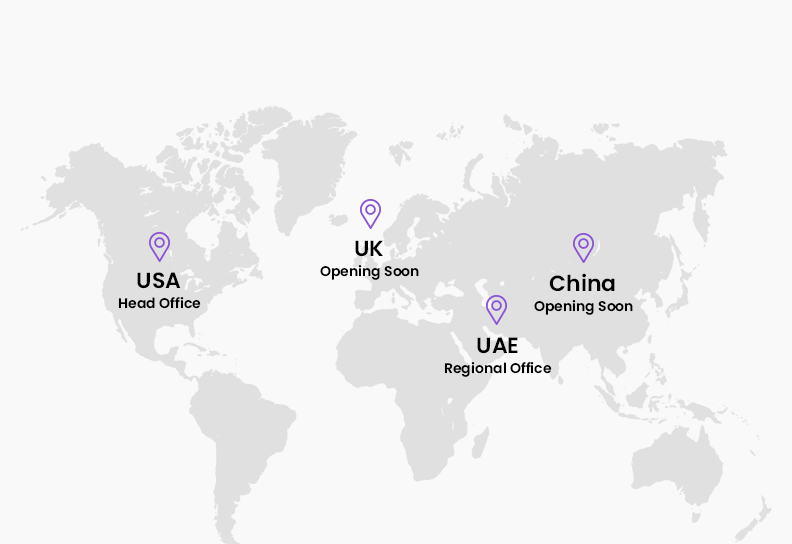In today’s fast-paced digital world, having a well-designed and user-friendly ecommerce website is crucial for the success of your online business. An ecommerce website redesign can breathe new life into your brand, attract more customers, and increase conversions. However, it’s not a task to be taken lightly. To ensure a successful website redesign, there are several important factors you need to consider. In this blog post, we’ll explore 10 key things to keep in mind when redesigning your ecommerce site.
Define Your Goals:
Before diving into the website redesign process, clearly define your goals and objectives. Determine what you want to achieve with the redesign, such as increasing sales, improving user experience, enhancing mobile responsiveness, or updating your brand image. Having clear goals will help you make informed decisions when redesign your e-commerce website.
Analyze User Behavior:
Take the time to analyze your current website’s user behavior using web analytics tools. Identify user patterns, such as popular pages, conversion rates, and bounce rates. This data will provide valuable insights into areas that need improvement and will guide your redesign decisions.
Understand Your Target Audience:
Your ecommerce website should cater to the needs and preferences of your target audience. Conduct market research to gain a deep understanding of your customers’ demographics, interests, and online behaviors. This knowledge will help you create a website that resonates with your audience and enhances their shopping experience.
Focus on User Experience (UX):
User experience is paramount for the success of your ecommerce website. Ensure that your redesign prioritizes intuitive navigation, easy product search, clear calls to action, and seamless checkout processes. A well-structured and user-friendly interface will keep visitors engaged, increase conversions, and drive customer loyalty.
Optimize for Mobile Devices:
With the increasing use of smartphones and tablets for online shopping, it’s crucial to optimize your website for mobile devices. Implement mobile responsiveness when designing an ecommerce website that adapts to different screen sizes and ensures a smooth browsing experience. A Mobile-friendly website redesign not only improves user satisfaction but also boosts your search engine rankings.
Streamline the Purchase Process:
Simplify your ecommerce website design by making the purchase process more efficient. This can be done by minimizing the number of steps required for customers to complete a transaction. Implement a guest checkout option, offer multiple payment methods, and optimize your shopping cart and checkout pages. The easier it is for customers to buy from your website, the more likely they are to make a purchase.
Integrate Social Media and Reviews:
Incorporate social media integration and customer reviews into your redesign strategy. Social media links and share buttons allow customers to engage with your brand and share products they love, while customer reviews build trust and credibility. Integrating these elements can significantly enhance your ecommerce website’s overall appeal.
Optimize Page Loading Speed:
Page loading speed directly affects user experience and search engine rankings. Ensure that your redesigned website is optimized for quick loading times by compressing images, minimizing code, and leveraging caching techniques. A fast-loading website will reduce bounce rates, improve conversion rates, and enhance customer satisfaction.
Implement SEO Best Practices:
Search engine optimization (SEO) plays a crucial role in driving organic traffic to your ecommerce website. Consider SEO best practices when redesigning your website, including optimizing page titles, meta descriptions, and URLs, improving internal linking, and creating unique, keyword-rich content. Collaborate with an SEO expert to ensure your website redesign aligns with search engine guidelines.
Test, Analyze, and Refine:
After launching your redesigned ecommerce website, monitor its performance closely. Conduct usability testing, gather feedback from users, and analyze website analytics to identify areas for improvement. Continuously refine and optimize your website based on data-driven insights to maximize its effectiveness and ensure long-term success.
Conclusion:
Redesigning your ecommerce website is a significant undertaking that requires careful planning and consideration. By keeping these 10 key factors in mind, you can create a visually appealing, user-friendly, and highly effective online store. Remember, a successful website redesign is an ongoing process that requires continuous monitoring, analysis, and optimization. Stay focused on your goals, prioritize user experience, and adapt to the ever-changing landscape of ecommerce to maintain a competitive edge in the digital marketplace. If you’re looking for a website design company that can provide you with the top ecommerce website development via experts who’re known for their skills in the industry then drop us a message at Ecommerce House!









